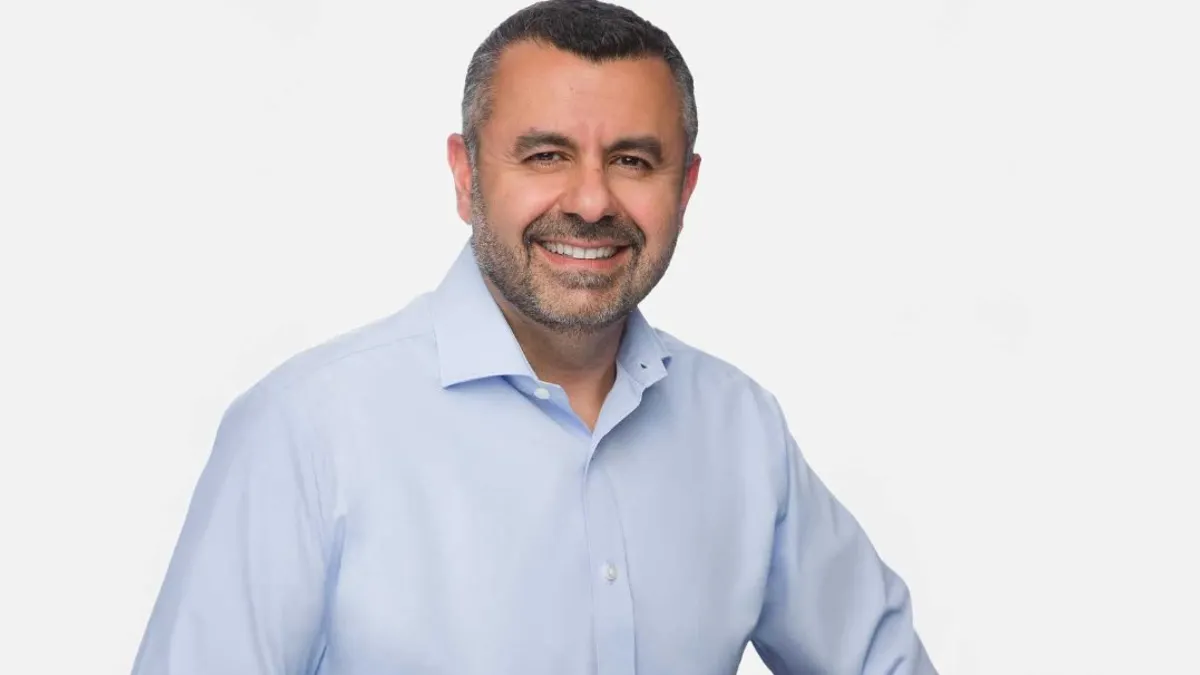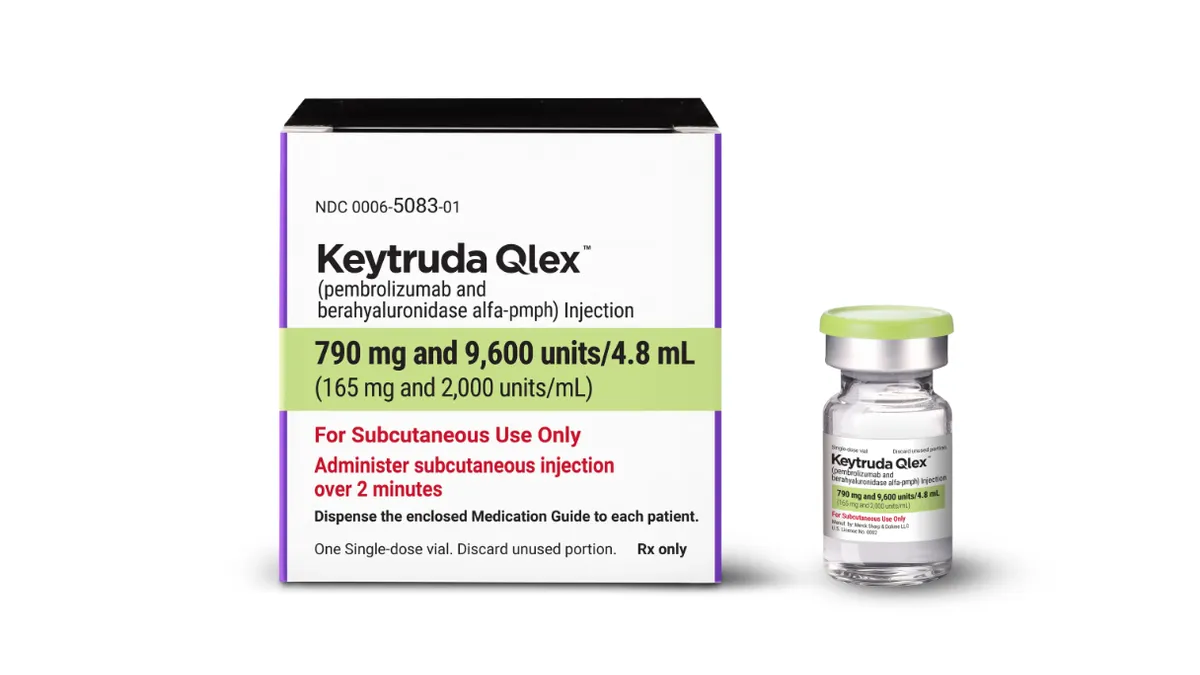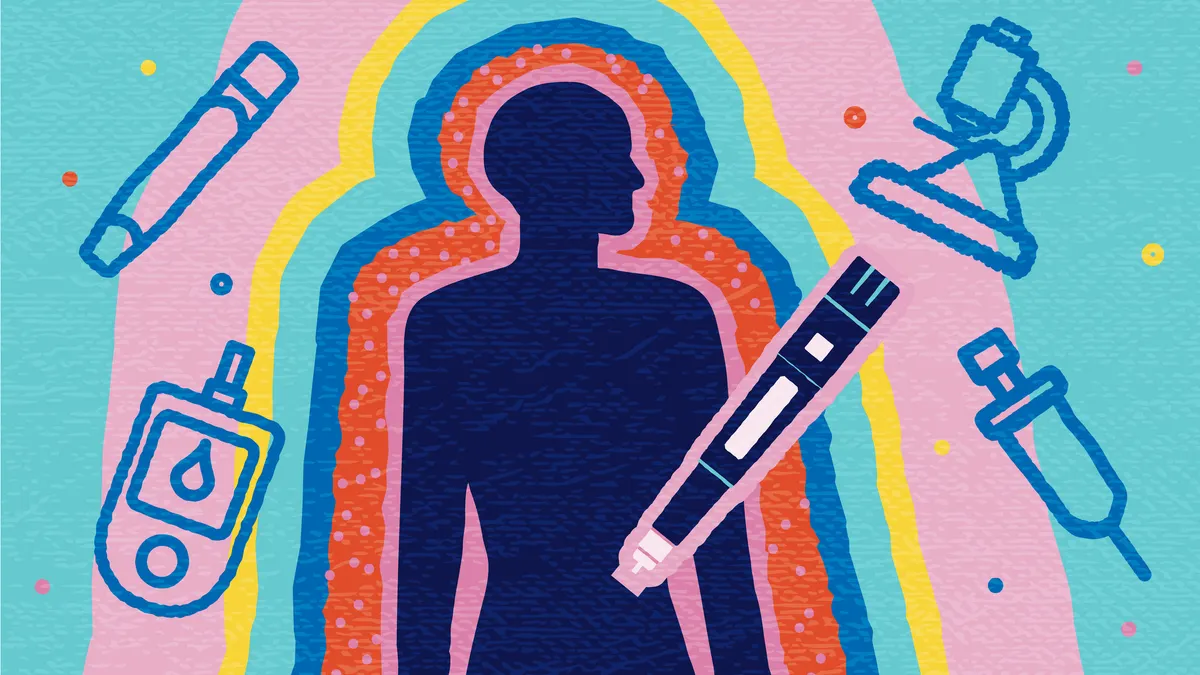Getting social media right is hard for any company — and can be even more difficult for those in the life sciences who must contend with stringent communication regulations. But the benefits of having a presence on social platforms can be huge.
According to a recent analysis from the digital technology firm Kepios, 4.74 billion people — or roughly 60% of the world’s population — use some form of social media. And in the U.S., about 1 in 10 people turn to apps like Facebook, Twitter and TikTok for health information, providing an opportunity for pharma companies to reach an array of different audiences all in one place.
Whether an organization wants to target patients, healthcare providers, potential clinical trial participants or even regulators, social media can be a powerful tool. Wielding it correctly by using the right techniques and platforms is key to success.
Here, PharmaVoice is highlighting a few social media campaigns from this year that take highly different approaches, both in the audiences they attempt to reach and strategies they use to achieve novel goals.
Astellas Pharma’s TikTok Pulse venture
TikTok holds a wealth of potential for pharma marketers, and in August, Astellas tapped into it for an unbranded campaign about menopause that was unique in nearly every way. Notably, it was the first campaign from the life sciences industry to utilize TikTok Pulse, a new monetization program on the platform that allows companies to place ads among the top 4% of videos.
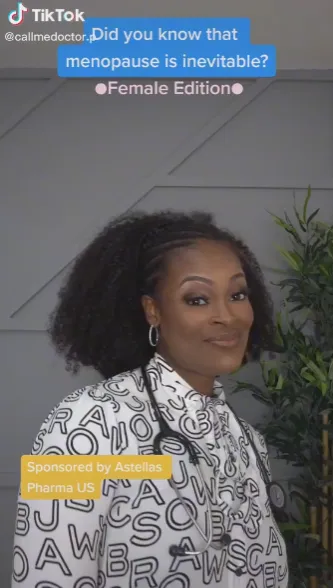
And while the topic might seem like an odd fit for the platform, which is commonly thought to be dominated by Gen-Z, in reality over 35% of TikTok users are over age 30, and many are women. To further reach that audience, Astellas enlisted two influencers — Dr. Kerry Anne Perkins, an OBGYN with 1.1 million followers, and Susan Feldman, a women’s aging motivator with 30 thousand followers. Both posted videos that shared information on common symptoms and basic facts about menopause and provided links to Astella’s website for the campaign, WhatsVMS.com, where viewers could learn more. The site also had a newsletter sign-up option for people who wanted to have more information delivered to them on a regular basis. While it is unclear how Astellas might plan to use data derived from the campaign, it could come in handy as the company continues to develop its nonhormonal treatment for severe symptoms associated with Menopause, which it submitted to the FDA in August.
The campaign married the best of new and old marketing techniques by capitalizing on an underutilized platform and a new advertising program, while ultimately centering its mission around educating patients. It also set itself apart from other campaigns by employing influencers to deliver the message, rather than simply relying on the company’s branded account.
Ultimately, after running for an initial 10 days and remaining on the platform through September, Astellas’ campaign garnered over 40 million views.
Janssen hosts Facebook Live series for nurses
Earlier this year, Janssen began utilizing another unique platform tool — this one on Facebook — for a campaign to educate healthcare providers, and particularly nurses, about pulmonary hypertension.
The “PHrontline Conversations,” campaign features a series of Facebook Live video discussions aimed at increasing awareness among nurses about issues facing patients with PH. Each episode hosts a panel of nurses and other experts from across the country who have firsthand experience caring for PH patients, and who talk about challenges in treating the disease.
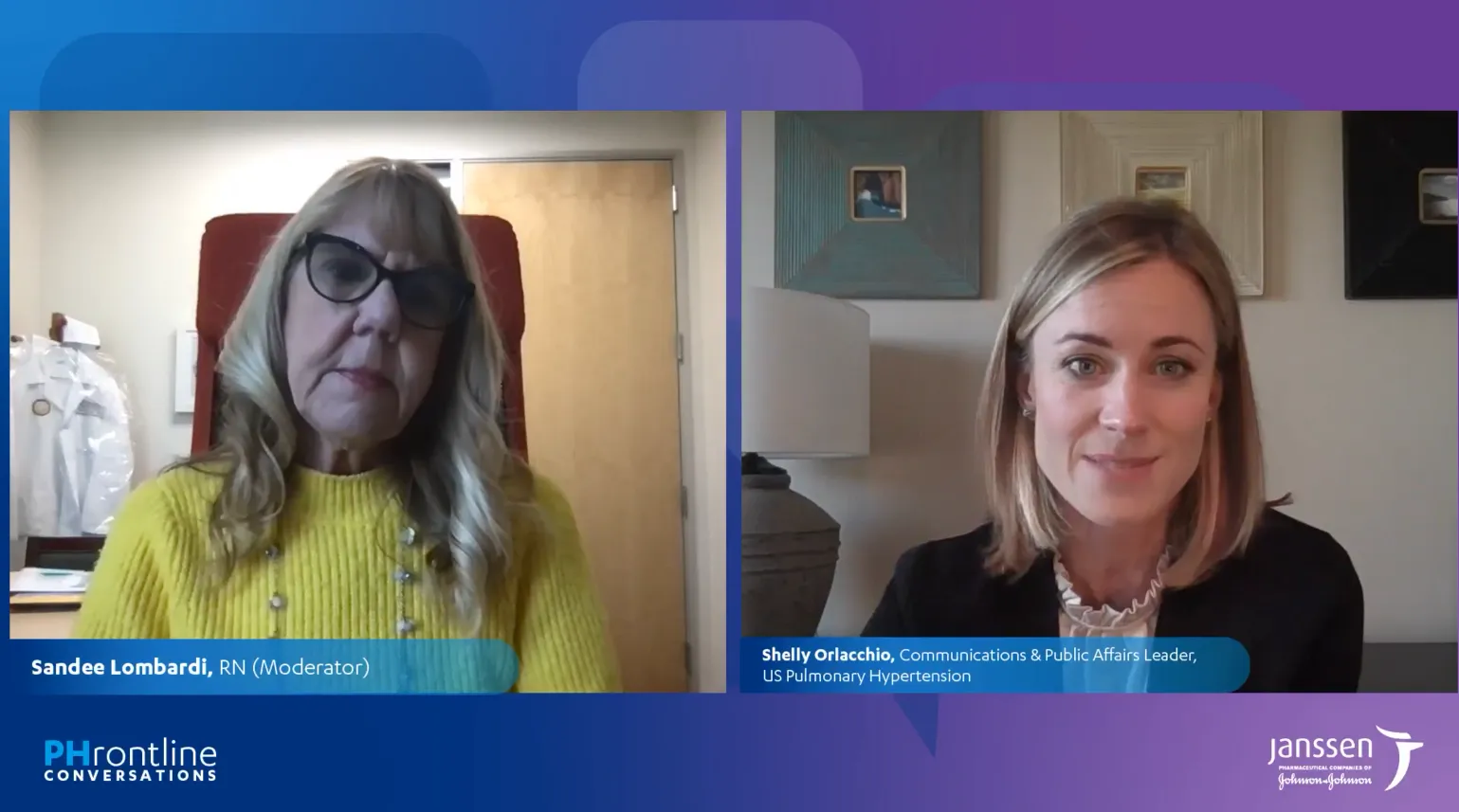
So far, the first two episodes have focused on how physicians can empower patients and better utilize risk management. A third episode, set to stream Nov. 17, will also look at the importance of language around patient care for the disease.
The campaign’s success comes by way of its simplicity.
Ericka Lovegreen, senior vice president of marketing and communications at ICUC, said “brands just need to take a step back, listen and step in where it's appropriate,” on social media and this campaign does just that.
While Facebook has been around for quite some time now, it is still the No. 1 used social media site, with an estimated 2.29 billion daily users. It’s also the perfect platform for hosting longer, more nuanced discussions — live videos, as opposed to prerecorded ones, generally perform better and retain audiences longer on the platform.
Furthermore, much like how companies approach drug R&D, the campaign similarly aims to fill an unmet need by providing training on pulmonary hypertension. Because the condition is rare, many of the campaign’s target viewers might only see a few patients who present symptoms every year. Janssen’s video series puts the disease, and potentially its medications, at the front of nurses’ minds and helps them stay up to date on best practices. While the campaign is unbranded, Janssen markets the drug Uptravi to treat pulmonary arterial hypertension.
US Against Alzheimer’s targets decision makers
Advocacy groups are often overlooked for their social media work, but it is hard to ignore the US Against Alzheimer’s campaign from March pressuring Medicare to cover Aduhelm and similar treatments.
Using the tagline “Alzheimer’s patients can’t wait,” the nonprofit blanketed television airways, digital news sites and social media platforms to influence the public conversation around whether Medicare should cover controversial treatments like Aduhelm when no other options are available. It used storytelling and emotional appeals, including videos of patient stories, to grab viewers’ attention. The technique also helped raise patient voices higher in what became a loud, national conversation.
The nonprofit group also targeted ads specifically in the Baltimore-Washington, D.C., metro area to ensure its impact on key decision makers.
“Whilst a lot of these patient groups do some great work in representing their patients, we've not seen anything on this scale and it should be applauded,” Lovegreen said of the campaign.
While the group was ultimately unsuccessful in its aim to prevent the CMS from restricting reimbursement to Medicare patients for Aduhelm and similar treatments, it received wide attention and succeeded in elevating patient perspectives.
Amgen’s McDreamy story-based campaign
Great storytelling and a focus on patient voices are major factors bringing social media campaigns from “good” to “great.”
“The story has to be so impactful,” said Peter Shin, senior vice president of account services at Sonic Health, a Spectrum science company, equating social media campaigns to the idea of going house to house to sell a product.
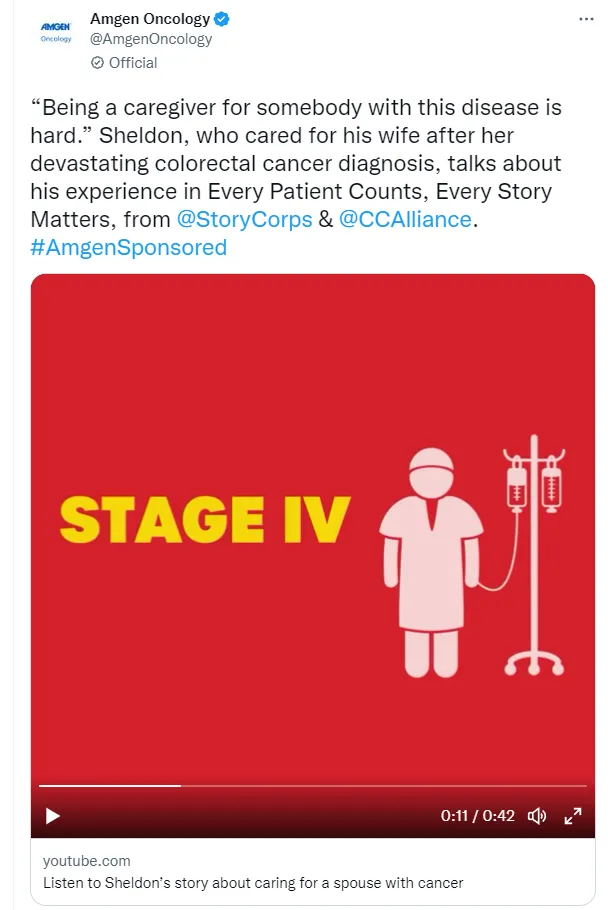
“It’s almost like you are knocking on doors,” Shin said. “You knock on enough doors, and once someone opens the door, then comes the story, because then it's like alright, ‘Do I want to invite this person into my home?’”
Amgen’s “Every Patient Counts, Every Story Matters” series from this summer relies on empathy to convince people to open those metaphorical doors. The campaign, in partnership with the nonprofit StoryCorps, aims to increase understanding about different types of cancer by sharing audio and video diaries of patients' personal stories. Each story was posted on the company’s YouTube channel, and many were shared on Twitter as 40 second clips.
Actor Patrick Dempsey, known for his role as a neurosurgeon on Grey’s Anatomy, even shared his experience helping his mother with her 17-year battle with the disease and founding a nonprofit to provide holistic services to other cancer patients as part of the campaign. Tying a big name to the project helped expand its reach, encouraging people to open their doors, and the impact of the stories kept viewers engaged.
For a company that markets cancer medications including Blincyto, Neupogen and Imlygic, the unbranded campaign was a smart play to create good will and brand recognition within the patient community.








